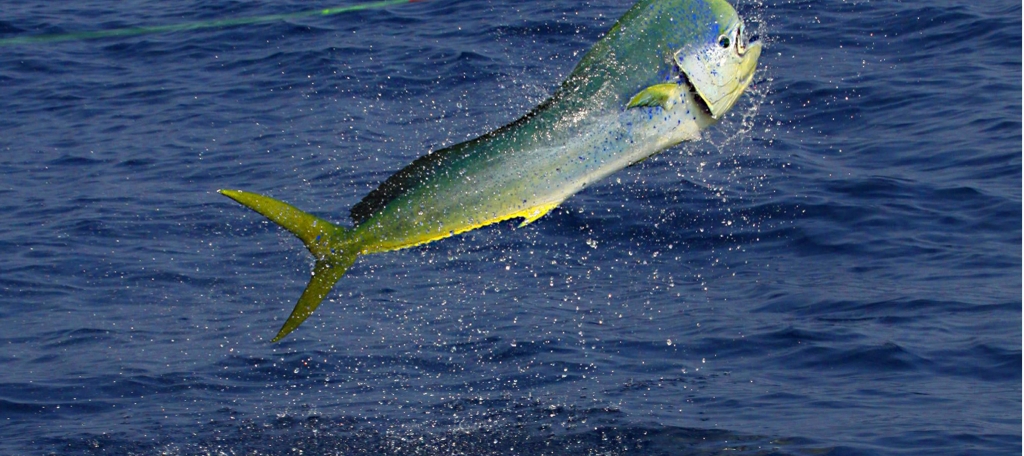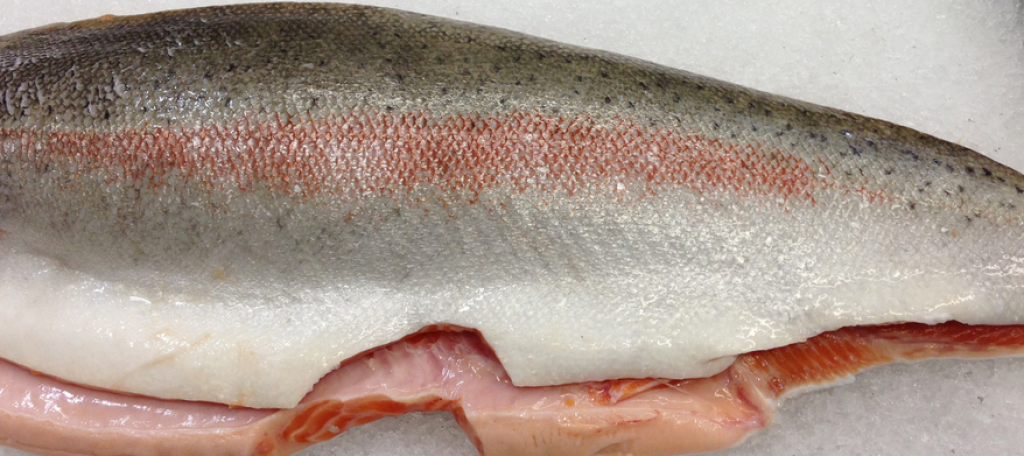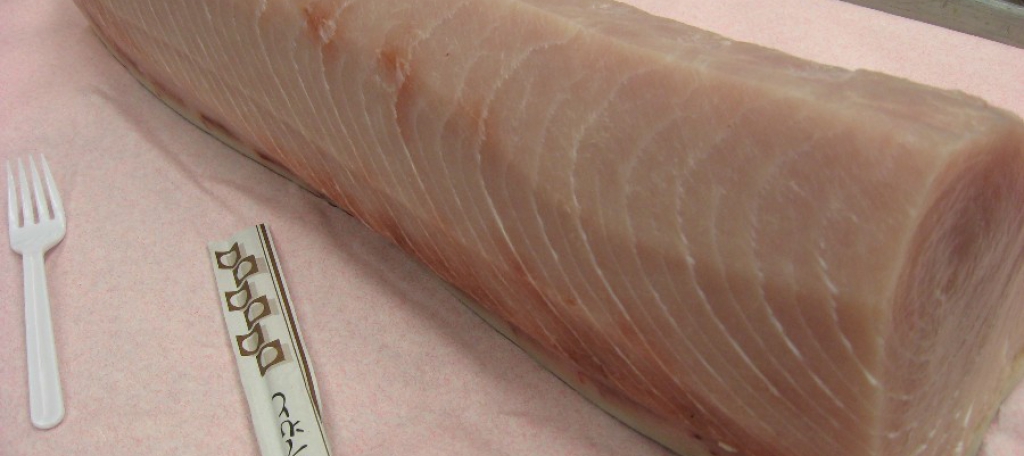
Mahimahi
Light to moderate flavor with large flakes.
Moist, Flakey, Complex, Earthy
Quick Facts
Commonly Known As:
Mahi, Dolphinfish, Shiira
-
Species Name
Mahimahi
-
Latin Name
Coryphaena hippurus
-
Origin
Hawaii & Open Pacific
-
Harvest Method
Hook & Line
-
Range & Habitat
Southern Pacific & Hawaii
-
Producer
The Hawaiian Fleet

Range & Habitat
The Hawaiian Fleet
Hawaii's Market is unique; boats fishing local waters bring their bounty in to be offloaded into Hawaii's auction, "United Fishing Agency Auction." Hawaiian auction bidders know their favorite boats, handling practices and ordering days. Each buyer takes their prized winning bid back to the plant each day and grades it for national distribution next day.
You Might Also Like These

Rich, Succulent, Buttery, Mild
If you are looking for a rich and buttery substitute for your Salmon program, Skye Trout is a phenominal resource. With sustainability at the forefront of their operation, you can rest assured that the quality is that of wild species, but with a more direct logistic avenue. Ocean Trout behave just like fatty Salmon on the plate and in the pan. However the subtle mild flavor is a blank canvas for culinary creation.

Clean, Firm, Moderate
From whole fish, to wagon wheels, to steak ready loins, this cylindrical body has a great yield. Cutting waste, cutting butcher time, cutting cost. With the firm texture of the flesh, and abundant flavor, Shutome is phenomenal for grilling, light smoking, and broiling. It also caramelizes nicely in a searing application. It holds up fearlessly against powerful “sets” and spices.
Located in the Australian sub-Antarctic territory around Heard Island, a staggering 4,109 km from mainland Australia, Fiftyone Glacier inches into the surrounding icy waters of the storm tossed Southern Ocean. It is this extraordinary environment that is home to the highly prized Patagonian Toothfish